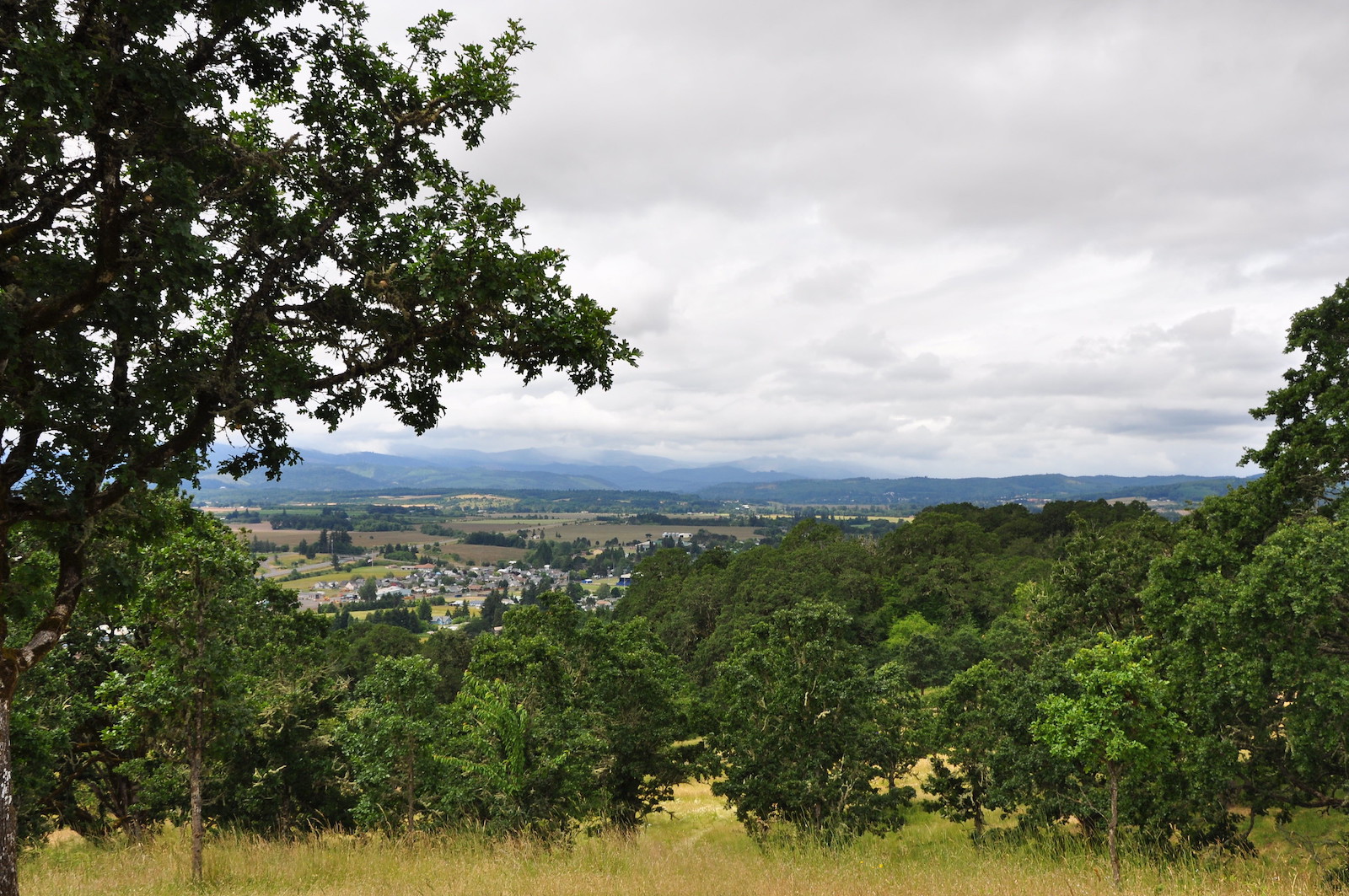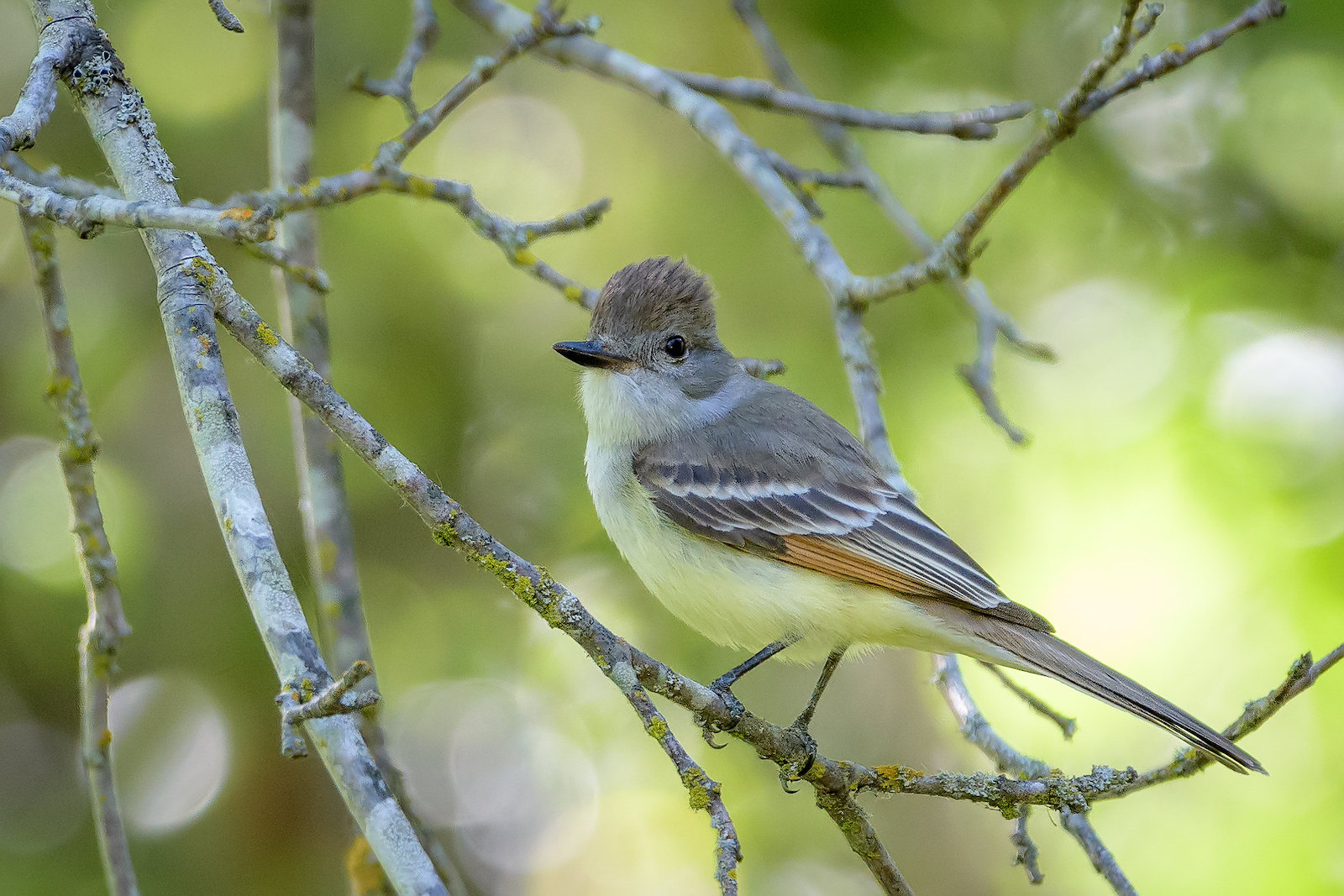Trees of the past and the future
A new climate normal seems to be taking hold in the Pacific Northwest and extended drought and wildfires are bringing major changes to our communities and landscapes. The extreme, record-breaking heat during the summer of 2021–combined with the warm and dry prior few years–is taking an immense toll on the region, devasting crops, warming rivers and creeks and drying soils. At the end of July, according to the U.S. Drought Monitor, about 93% of the Pacific Northwest region was in drought conditions.
If the warmer and drier trends continue, as climate scientists predict, we will continue to see enormous impacts to people, plant communities, and fish and wildlife species. One saving grace in this future scenario are oak ecosystems.
The Oregon white oak (Quercus garryana) is native to parts of British Columbia, Washington, Oregon and California. They have deep tap roots, do well in full sun, and are drought-tolerant so are well poised to survive in what may be drier conditions in the future. Their thick barks and leathery leaves are slow to burn, making them highly resistant to fire. Which is good, since people have been interacting with oaks since time immemorial. Indigenous People of the Pacific Northwest, the original land stewards, used fire to maintain open conditions and nurture habitats that provided food, medicine, and tools. Oak habitats are still culturally important to Pacific Northwest Tribes and they are valued across our communities for their aesthetics, shade, lumber, and wildlife habitat.
Douglas-fir–also an iconic species in the Pacific Northwest–can overtake oak habitats in the absence of fire. But it doesn't fare well in extended drought–the trees become stressed and weaker trees are more susceptible disease and insect infestations. This makes oaks a great choice for a warming and fire-prone Northwest.
Caring for and planting oaks has multiple benefits
In a warming world, we may appreciate our oaks even more. Because of their fire resilience and drought tolerance, they will be better able to survive than the conifers that are encroaching in the lowlands and foothills. In the urban interface oak can provide critical fire breaks, and on working lands they provide forage production and shade for livestock. In the riparian zone, they provide shade that lowers stream temperature and improves fish habitat. People also love oaks- they are the official U.S. national tree for a reason! Caring for the oaks you have, or planting them, not only benefits you but makes for a more climate resilient future.

Photo by Tracy Robillard, NRCS

Learn more and get your hands dirty!
Connect with your local Soil and Water Conservation District: in Oregon, Washington, or California.
Engage with a land trust conserving oak habitats in Oregon, Washington, California, or British Columbia.
Take care of the oaks you have, or plant new ones:
A Landowners Guide for Restoring and Managing Oregon White Oak Habitats
